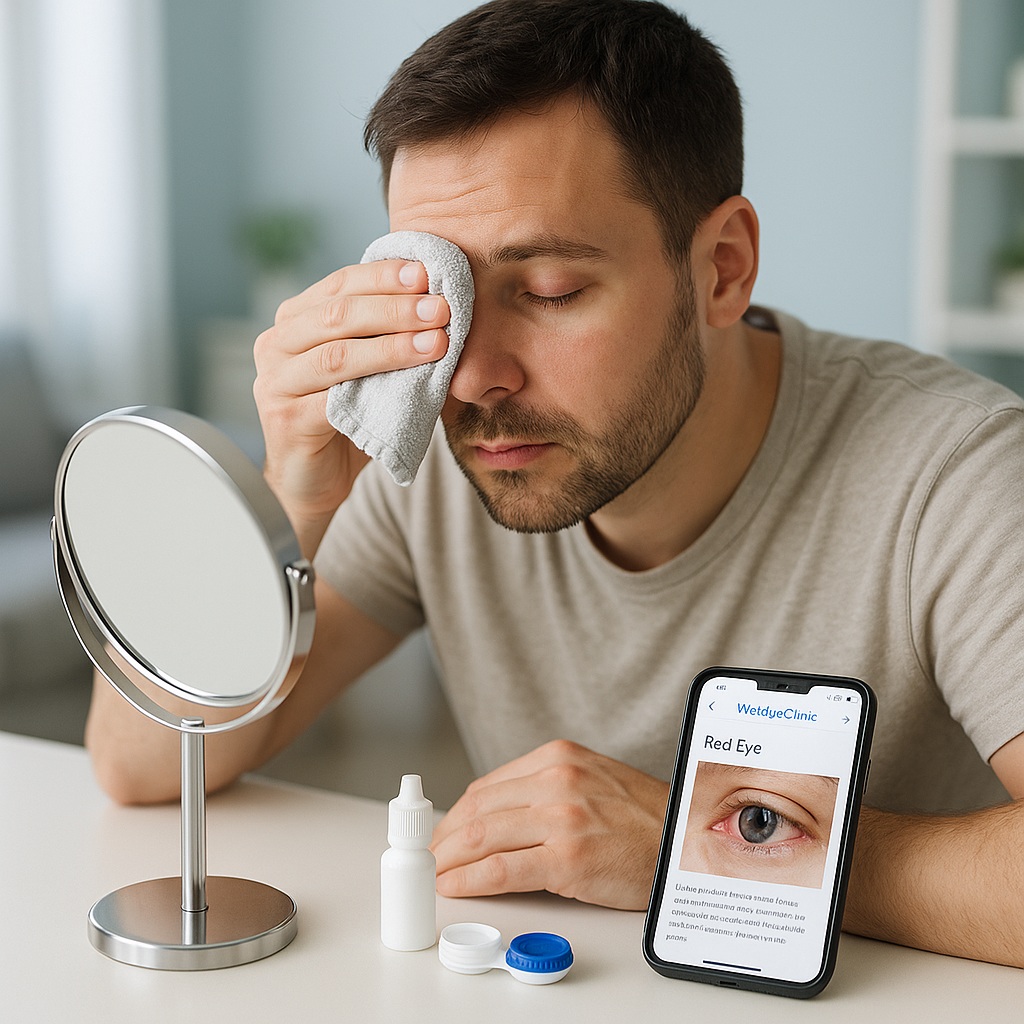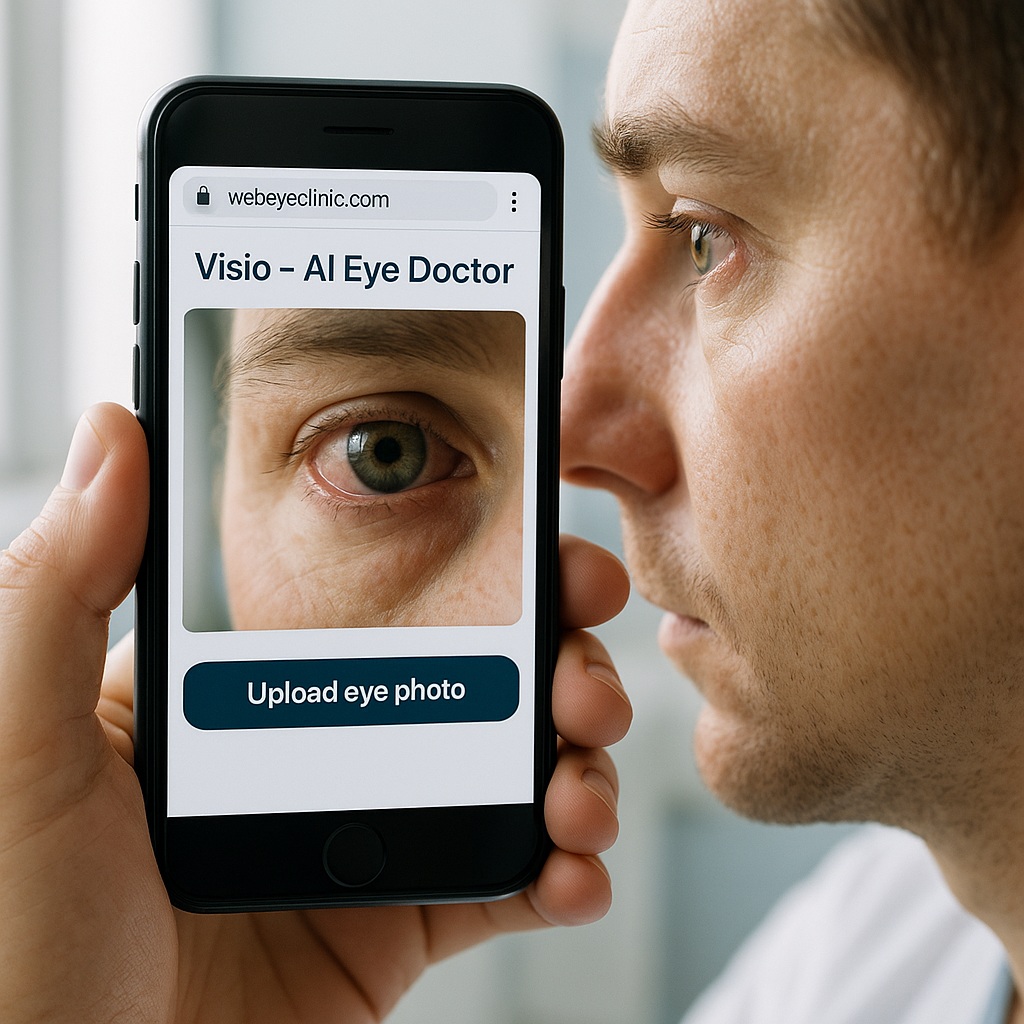Eye Floaters – What They Are, Causes, Symptoms, Treatments & When to See a Doctor
Published: July 6, 2025
What Are Eye Floaters?
Eye floaters are small, shadowy shapes—such as spots, squiggly lines, or cobwebs—that appear to float in your field of vision. They are most visible when looking at bright, plain surfaces like a blue sky or white wall. Floaters are caused by tiny clumps of collagen or cells inside the vitreous, the clear gel that fills the inside of your eye. These clumps cast shadows on the retina, which you perceive as floaters.
What Causes Eye Floaters?
- Age-related changes: As we get older, the vitreous naturally shrinks and liquefies, causing particles to clump together and appear as floaters.
- Posterior Vitreous Detachment (PVD): When the vitreous pulls away from the retina, it may cause floaters and flashes.
- Retinal tears or detachment: This is a vision-threatening emergency that requires immediate medical care.
- Eye trauma or surgeries: Injuries or surgeries (e.g. cataract removal) can release debris into the vitreous.
- Uveitis (inflammation): Can introduce inflammatory cells into the vitreous, creating floaters.
- Bleeding inside the eye: Often due to diabetic retinopathy or hypertension-related damage.
Common Symptoms
- Small dots, threads, or cobweb-like shapes drifting in your vision
- Floaters that move with your eyes
- Most noticeable against bright backgrounds
- Flashes of light (photopsia) – may indicate vitreous pulling on the retina
What Should You Do?
Most floaters are harmless and fade over time. However, if you notice a sudden increase in floaters, flashes of light, or a shadow in your vision: seek urgent evaluation by an eye care professional to rule out retinal detachment or tears.
Treatment Options
1. Observation
In most cases, no treatment is needed. Floaters often settle out of view, and the brain adapts to ignore them.
2. Laser Vitreolysis
A YAG laser targets and breaks up larger floaters into smaller, less noticeable fragments. Not all floaters are suitable for this treatment. Risk: May cause retinal damage, increased intraocular pressure, or cataract formation.
3. Vitrectomy
A surgical procedure that removes the vitreous gel and replaces it with a clear saline solution. Reserved for severe cases. Risk: Potential complications include retinal detachment, infection, and cataracts.
4. Low-Dose Atropine Drops
Used experimentally to reduce perception of floaters by dilating the pupil. May cause blurry vision and light sensitivity.
5. Nanobubble Laser Therapy (Experimental)
A new technique under development that uses laser-activated nanoparticles to disrupt floaters. This may offer a safer, non-invasive option in the future.
When to See an Eye Doctor
| Symptom | Action |
|---|---|
| Sudden increase in floaters | Urgent eye exam within 24 hours |
| Floaters with flashes of light | Emergency – rule out retinal tear |
| Shadow or curtain across vision | Emergency – possible retinal detachment |
| Blurred vision or eye pain | Seek medical attention |
Key Takeaways
- Eye floaters are usually benign and related to normal aging.
- Sudden changes in floaters or vision require immediate evaluation.
- Treatment options include observation, laser therapy, vitrectomy, and experimental technologies.
- See an eye specialist to ensure no serious underlying issues exist.
Helpful Tip
If a floater is bothering you, try moving your eyes up and down or left and right. This can shift the vitreous and may move the floater out of your central vision.


